Tomato Atomic Grape pack of 10 seeds
₹80.00
Out of stock
Email when stock available
SKU: TomatoAtomicGrape
Category: Vegetable seeds
Tomato Atomic Grape is a sweet and juicy variety of tomato. They are cultivated in oval, elongated clusters that have green, purple, red, and orange hues. They are juicy, sweet, and yummy. Tomato can be used for salads, snacking, and cooking.
| Number of Seeds | 10 |
|---|---|
| Sowing month | All year expect May june |
| Sowing Temperature | 15-40C |
| Sun | 3-4 hours minimum |
| Harvest | 50 to 70 days |
Benefits of Tomato Atomic Grape
- Bright Colors – The colors blend nicely to become highly attractive in the garden as well as on the plate.
- Sweet and Juicy – They’re full of dense and rich flavor.
- Easy to Grow – They’re easy to care for and will thrive in a lot of different climates.
- High Yield – They’ll crop tons of tomatoes all season long.
- Good for Cooking – They’re great at adding flavor and color to many different foods.
How to Plant Tomato Atomic Grape
Select a warm location with well-draining soil. Plant the seedlings into shallow holes in the ground. Gently press around the roots and pat the ground down. Water the plants once they are in the ground to maintain them.
Tomato Atomic Grape Watering and Sunlight
Water the tomato plants when the soil is dry. Avoid overwatering to save from root rot. Set the plants in a position that they receive at least six hours of sunlight per day.
Fertilizing for Healthy Growth
Secondly Provide the plant with a balanced fertilizer after every two weeks to promote the plant to grow well. Do not overfertilize since it will destroy the plant. Compost also serves as a good soil agent.
Tomato Atomic Grape Protection against Pests
Look for the pests like aphids or caterpillars on the leaves but even inbuilt insect sprays for the protection of the plant are allowed.
Innovative Tomato Atomic Grape Ideas
Hence Eat them raw as part of a salad, roast them for explosive flavor, or puree them into pasta sauce. They make excellent additions for make-it-yourself salsas and sauces. They’re sweet and the perfect snack.
Lastly Tomato Atomic Grape is an excellent addition to any garden. It is easy to plant, stunning to behold, and scrumptious to consume. With some upkeep, it will produce luscious-tasting tomatoes all season long. Have fun planting and indulging in these lovely tomatoes Also.
| Color | Bicolor |
|---|---|
| Germination Level | Easy |
| Growth Pattern | Up right Straight |
| Hybrid or Open Pollinated | Heirloom |
| Ideal location | Full sun |
| Origin Country | India |
Be the first to review “Tomato Atomic Grape pack of 10 seeds” Cancel reply
You must be logged in to post a review.


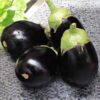
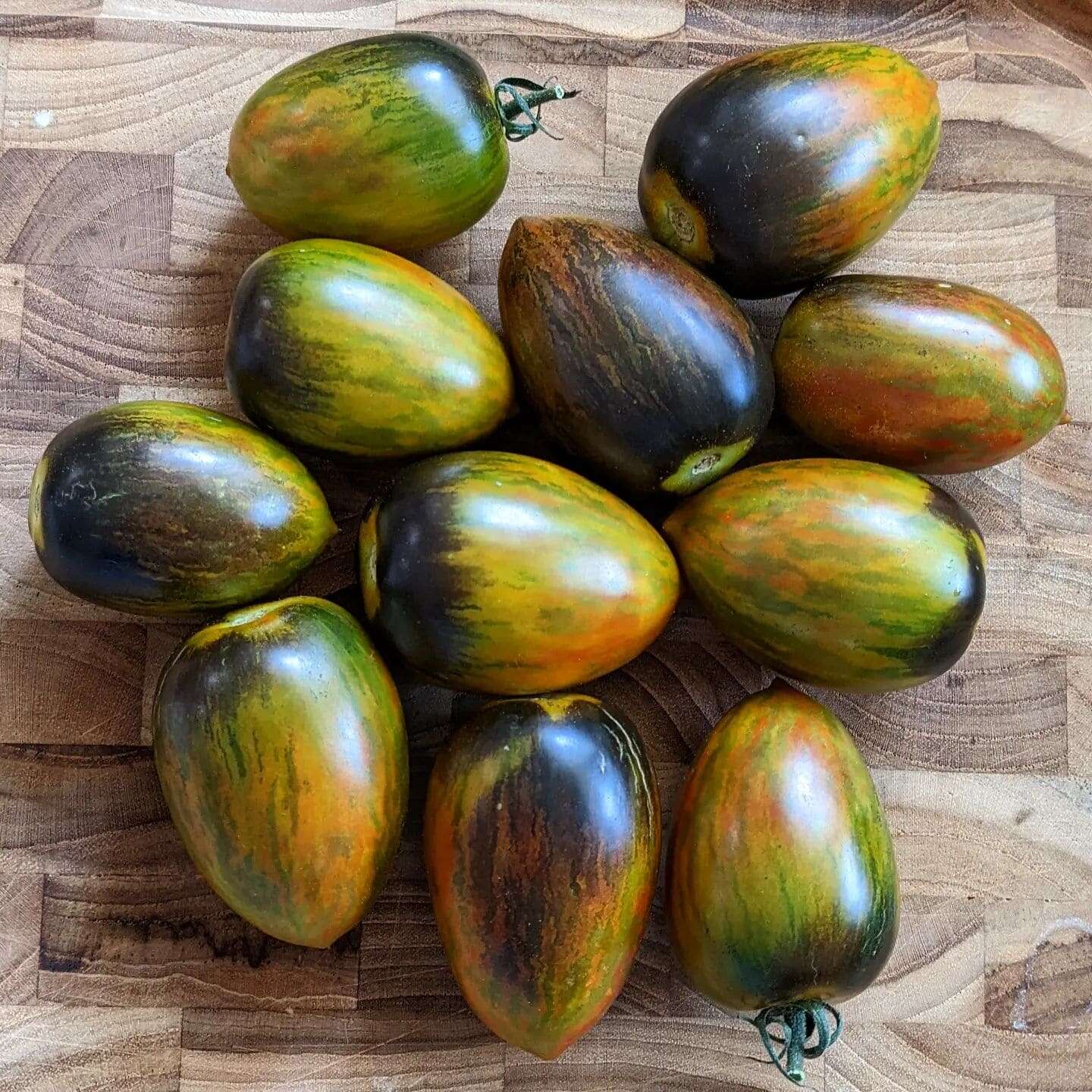

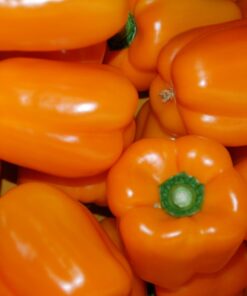
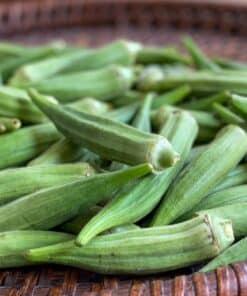
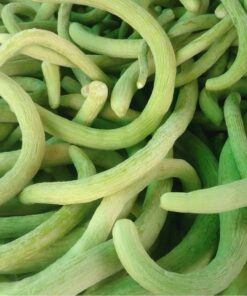
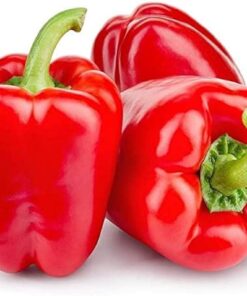
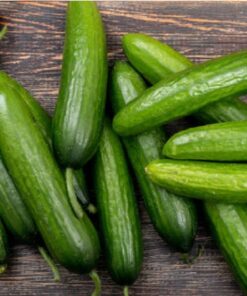
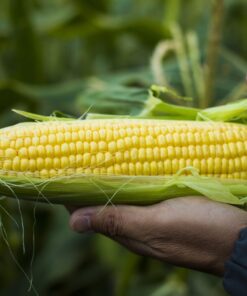
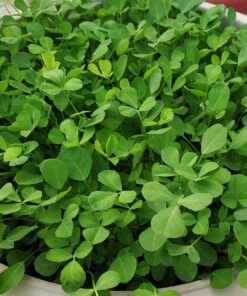
Reviews
There are no reviews yet.